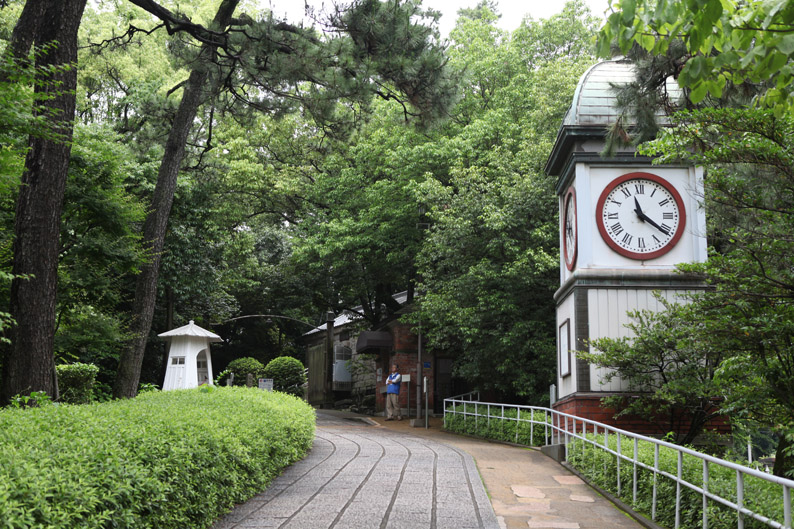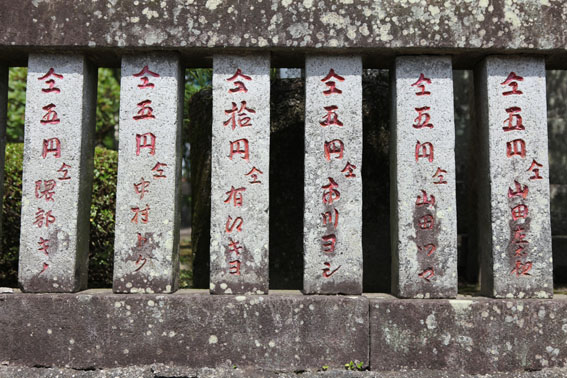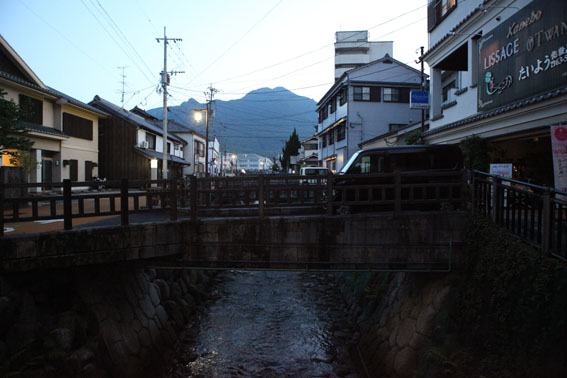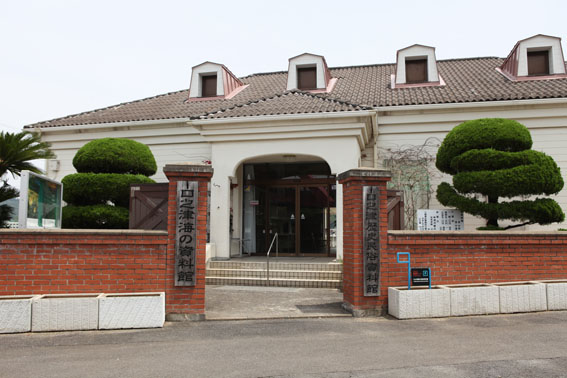
You’ve Mistaken Me For A Butterfly short film version is now showing as part of Mayu Kanamori’s photographic exhibition, Teiju to wa Nandaro: Australia.
22 Feb 2022- 15 March 2022 at Osaka University Museum
*Free admission
You’ve Mistaken Me For A Butterfly short film version was created as part of 2020-2021 Shirushi no Ue o Tori ga Tobu program.
A Film By
Mayu Kanamori
Music
Terumi Narushima
Advisor
Malcolm Blaylock
Camera
Takayuki Odawara
Nick Payne
Mayu Kanamori
Editing Consultancy / Colour
Darrin Baker
Voice Recording / Engineering
Philip Muscatello
Performance / Butterfly Trick
Ryuichi Fujimura
Artwork
Shigemi Nakamura-Simms
Translation & Subtitling
Junko Hirabayashi
Planning
Yasushi Nagata
Osaka University
Website
Chie Muraoka
https://www.aboutokin.com
Historical Photographs
Commodore Matthew Perry’s Visit
Author Unknown 1854
English Wikimedia Commons
Japanese Acrobats in Australia
Author & Date Unknown
Papers of D.C.S. Sissons
Series 2 Japan & Australia, National Library of Australia (NLA)
Acrobatic Performers
Ogawa Kazumasa (aka Isshin/Kazuma) Mid Meiji
Nagasaki University Library Archives (NULA)
Butterfly Trick Yoro Takigoro Poster
Late Edo, Masaru Kawai Archives
Butterfly Trick Yanagawa Taneshirabe no den
Author Unknown Early Meiji
Masaru Kawai Archives
Women Dancers and Shamisen Player
Author Unknown, Meiji Period
NULA
Auditorium Princess Theatre
Barrie, Andrew Weedon, Henry & Talma Studios
1896, State Library of Victoria
Steamers Melbourne’s port
Author Unknown C1910s
Rick Ray/Shutterstock.com
The interior of the Princess’ Theatre
Melbourne Samuel Calvert The Illustrated Melbourne
1865 State Library of Victoria
Japanese Village Advertisement
Author Unknown Pemberton W. Willard
The Lorgnette 1886
At the Sydney Japanese Village
Phil May 1886 The Bulletin
Tea Ceremony Author Unknown
Meiji NULA
Japanese sugar cane workers at Hambledon Queensland
Author Unknown C1896
John Oxley Library State Library of Queensland
Japanese divers on lugger Thursday Island
Author & Date Unknown
John Oxley Library State Library of Queensland
Karayuki Author & Date Unknown
Papers of D.C.S. Sissons
MS 3092 Series 5 Japanese prostitutes in Australia
NLA
Women in Broome, Author Unknown, Date Unknown
Papers of D.C.S. Sissons
MS 3092 Series 23 Japanese in Australia – photographs
National Library of Australia
Karayuki
Author & Date Unknown
Papers of D.C.S. Sissons
Series 23 Japanese in Australia – photographs
NLA
WA Cobb and Co coach Mt Malcolm
Author Unknown C1890
National Gallery of Australia Canberra
Miners, North Star Mine
Mt Malcolm Western Australia
1896 Museums Victoria
Mt Malcolm Townsites & Map
Shire of Leonora Economics and Heritage Services
Trial of Frank Gardiner, the bushranger, at the Supreme Court
Sydney Samuel Calvert 1864
State Library of Victoria
Karayuki, Unknown Author & Date
Courtesy Yoko Hayashi
Institute for Study of Humanities and Social Sciences
Doshisha University and Kuchinotsu History, Folklore and Marine Museum
Karayuki Portraits, Unknown Authors & Dates,
Kuchinotsu Museum of History and Folklore
Document images
Japanese Passport 1866, Diplomatic Archives
Ministry of Foreign Affairs of Japan
Acrobats & Karayuki
Papers of D.C.S. Sissons NLA
Supreme Court case file (no 2883) Depositions/Witness Statements
1898 State Records Office of Western Australia
Service & Casualty Form A112; MP1103/1
National Archives of Australia
Map, Tatura Internment Camp, Rushworth
1942-1946, Tatura Museum
Under license from Shutterstock.com
Butterfly, lexaarts; Clouds, Archao;
Seagulls, New Africa; Crescent moon, muratart;
Butterflies, micromotion; Washing, BlackBoxGuild;
Moths, gonin; Outback, Jana Schoenknecht
Other Licenses
2573 Clouds, Pixabay/Pexels Videos
Cloudy-sky-118, Jessica Ann Mccamey/Mixkit
Locations & Support
National Library of Australia
Gwalia Ghost Town & Museum
The Old Court House Law Museum
Kuchinotsu History, Folklore and Marine Museum
Kuchinotsu Museum of History and Folklore
Risho-in Taishi-do
Japan Studies Association of Australia
University of Wollongong
State Records Office of Western Australia
Shire of Leonora
Women in Asia Conference,
University of Western Australia
Poetry on the Move,
University of Canberra / Australian National University
Customs House Library
National Library of Australia Japan Studies Grant Full Bibliography
See: https://www.aboutokin.com/2017/12/08/…
Special Thanks:
Arisa Yura
Carol Hayes
Clarissa Bell
David Hinde
Jacqueline Lo
Jenevieve Chang
Keiko Tamura
Kraig Grady
Laura Dales
Lisa Iley
Liz Paddison
Martin Edmond
Masako Fukui
Mayumi Shinozaki
Melissa Miles
Rina Kikuchi
Susan Dowell
Tessa Morris-Suzuki
Tomoko Yamada
Vera Mackie
Yuji Sone
Yuriko Nagata
Original Funding & Support
Bundanon Trust
National Library of Australia (former Japan Study Grant)
Institute of Advanced Studies, University of Western Australia
Film Funding:
Shirushi no Ue o Tori ga Tobu, Osaka University /
Agency for Cultural Affairs, Government of Japan
大阪大学大学院文学研究科「徴しの上を鳥が飛ぶⅡ
文学研究科におけるアート・プラクシス人材育成プログラム」
主催
大阪大学大学院文学研究科
共催
大阪大学総合学術博物館
連携
あいおいニッセイ同和損保ザ・フェニックスホール
大阪新美術館建設準備室
淨るりシアター
公益財団法人吹田市文化振興事業団(メイシアター)
豊中市都市活力部文化芸術課
兵庫県立尼崎青少年創造劇場(ピッコロシアター)
公益財団法人箕面市メイプル文化財団
助成
令和2年度文化庁「大学における文化芸術推進事業」
© Mayu Kanamori 2021






















